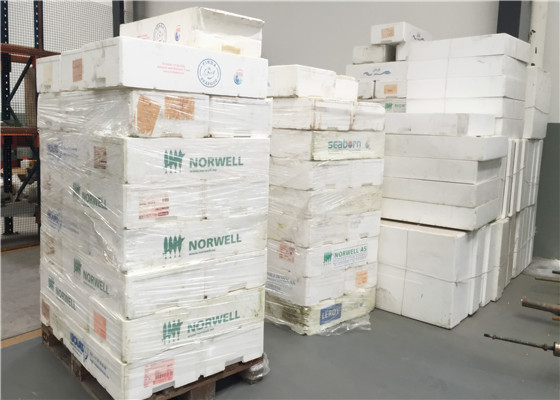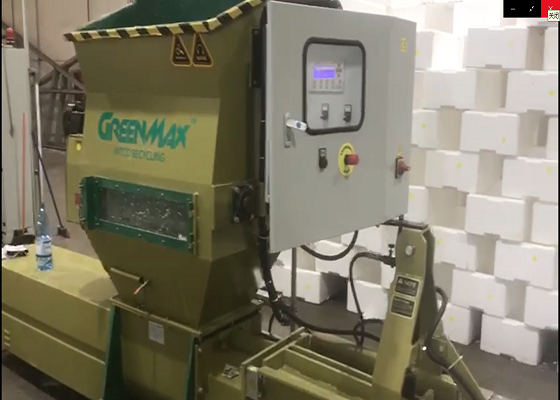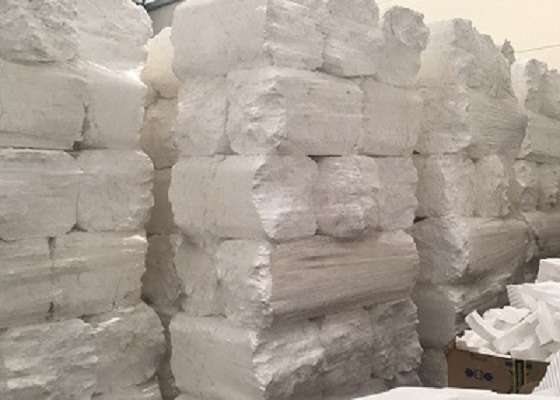The fishery market is carrying out box recycling to solve the problem of EPS box waste accumulation.

EPS is widely used in fisheries to manufacture fish boxes for transportation. These fish tanks are used only once, so a lot of waste will be generated. After some creative thinking and investment, the Japanese fishery market has box recycling machines for the first time, densified expanded EPS, and then sold them to the end market to produce various new products. This is a leap forward when it comes to handling used fish boxes.
As a large fishery country in Japan, only a common fishery market discards EPS fish boxes that are discarded each month in tons. If you do not introduce a box recycling machine, it is difficult to imagine that these large-sized EPS fish boxes are in landfills or even It has existed in the natural environment for hundreds of years, degrading at an extremely slow rate.
Box recycling machine is to compress the volume of EPS fish boxes into blocks by crushing and hydraulic functions. This step is necessary in EPS recycling process. The expanded volume of EPS fish boxes is not conducive to storage and transportation, and the volume of the compressed EPS block is reduced by 50/1, which can greatly improve the recovery efficiency and reduce the recovery cost.

After the EPS box recycling machine starts operation, it can process nearly 4,200 tons of EPS box waste per year. First, it can provide more employment opportunities locally, and secondly, the benefits of recycling EPS are also economical. Selling EPS ingot to manufacturers of photo frames, stationery, hangers, etc. can make a profit. Of course, it also brings environmental benefits, reducing thousands of kilometers of transportation, reducing the carbon footprint, and reducing EPS consumption of waste.

The accumulation of EPS fish boxes is a common problem in fishing ports and supply chains that transport fresh food. Why not try the box recycling machine solution?